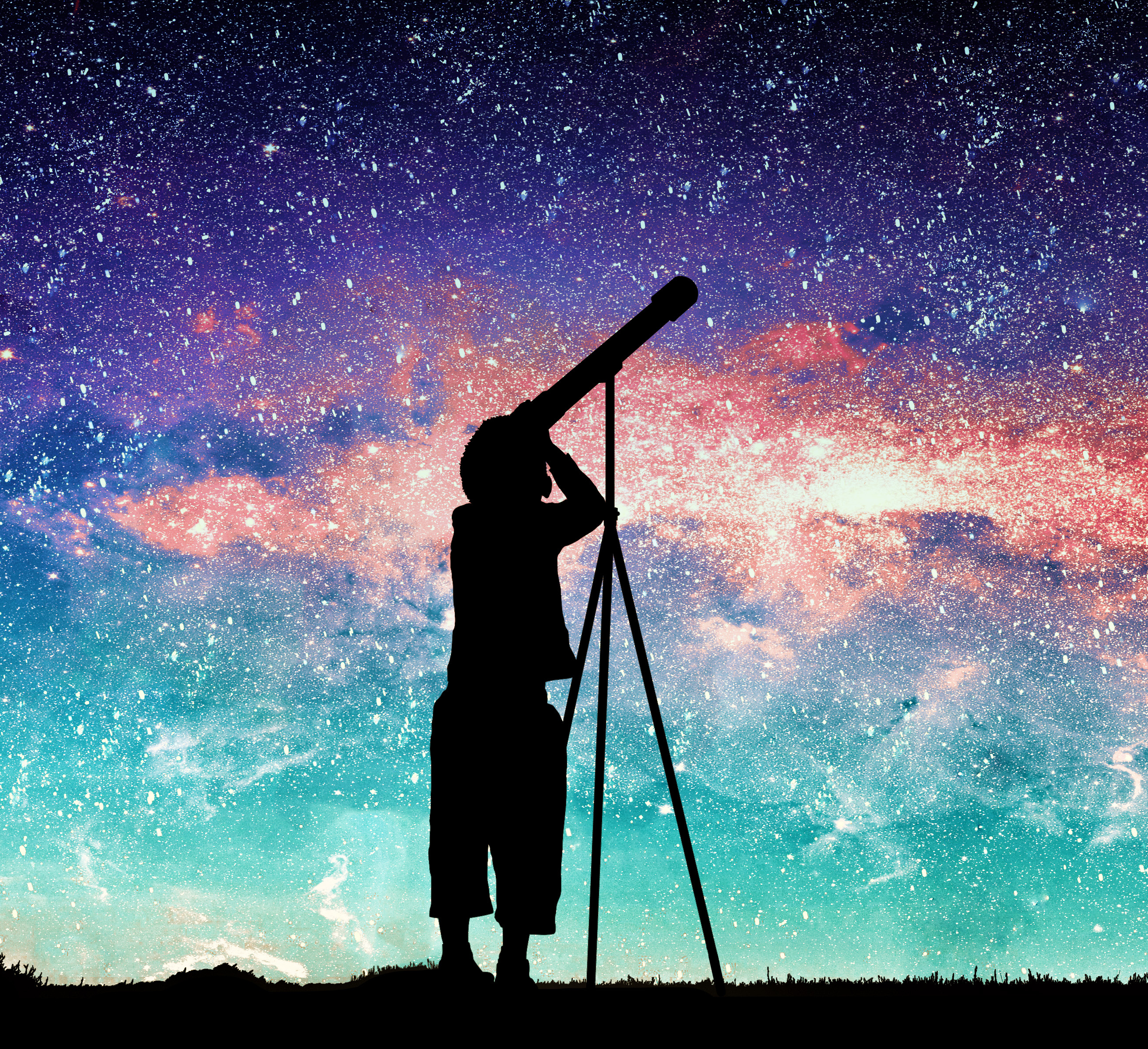
Telescope Tips Amateur Astronomers.
The observation of the sky is a skill. There’s not much point in getting out your new telescope and hoping to view many astronomical marvels with no preparation. If you have a motorized telescope with a built-in computer, you’ll have a much easier time finding the night sky objects. But to get the most out of your new scope, you still must familiarize yourself with the night sky. The following tips will help ensure that you have an unforgettable first experience:
#1. Start with the Moon
Since it’s not exactly hard to find, the moon is the apparent target for first-time sky watchers. Even with a reasonably modest telescope, the night-sky object you’ve been looking at all your life will reveal itself in some spectacular detail. Even Zooming in with a pair of good binoculars, you’ll be able to see craters, valleys, and maria that appears to the naked eye as nothing more than a blur, if anything at all. The moon is also an excellent target if you’re viewing from light-polluted areas.
#2. Learn Your Constellations
Finding your way around the constellations will make it easier to find planets, distant targets, such as galaxies, stars, and nebulae. For example, throughout early 2021, Jupiter is in the constellation of Capricornus. So if you know where to find the constellations, you’ll be better equipped to train your telescope on the planets. Even if your telescope has go-to targeting capabilities, there’s no substitute for actually knowing what you’re looking at!
#3. Get a Sky watching Almanac
Astronomical almanacs are updated annually to provide monthly viewing tips and sky charts, making it far easier to prepare your sky watching adventures throughout the year. They’ll also help familiarize you with constellations and other astronomical objects. One of the most popular is Patrick Moore’s Yearbook of Astronomy, which has become a mainstay for amateurs and enthusiasts alike. If there’s only one accessory you’ll ever buy for your telescope, it should be an up-to-date almanac.
#4. Use a Lower Magnification
First-time sky watchers are often tempted to use the highest magnification available to them hoping to reveal the universe at an unprecedented level of detail. Unfortunately, however, sky watching isn’t that simple, and you’ll have a much harder time trying to find specific objects or calibrate your telescope with a higher magnification. When starting, particularly when locating objects for the first time, always start with a lower magnification or even a pair of binoculars.
#5. Use a Filter when Viewing the Sun
For your safety, never look at the Sun directly, with your Naked eyes or even with a telescope. Because of its immense brightness, viewing the Sun even for just a few seconds using a telescope can cause permanent eye damage. The Sun is also an excellent target for first-time telescope users. However, for safe and comfortable viewing, you must always use an appropriate filter, as you’ll be able to view things like sunspots and flares safely.
Final Words
Suppose you’ve just spent a few hundred dollars on a new telescope. In that case, you’ll understandably be excited to try it out and share your experiences with your friends and family. However, before you get too enthusiastic, preparing yourself adequately and learning how to get the most out of your particular telescope will lend to a far more memorable experience. If you haven’t brought a telescope yet, be sure to read plenty of reviews and look at images taken using the scope.
Recent Posts
- Exploring the Night Sky: How to Rate the Darkness with a Light Pollution Map!
- Measuring the brightness of celestial objects in the Sky
- A Closer Look at the Kardashev Scale: How Close are We to Reaching Type 1 Civilization?
- The Surya Siddhanta, the ancient Indian astronomy text and Its Significance
- What is Kuiper Belt


